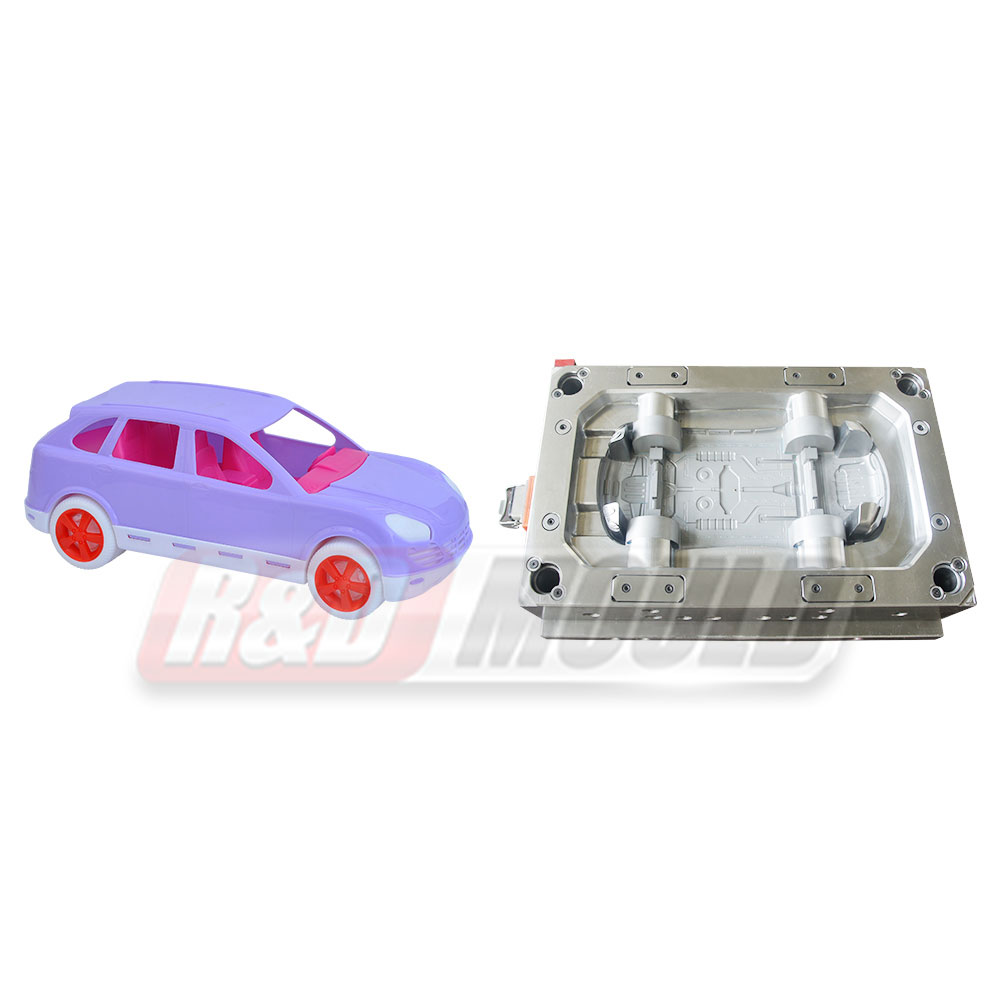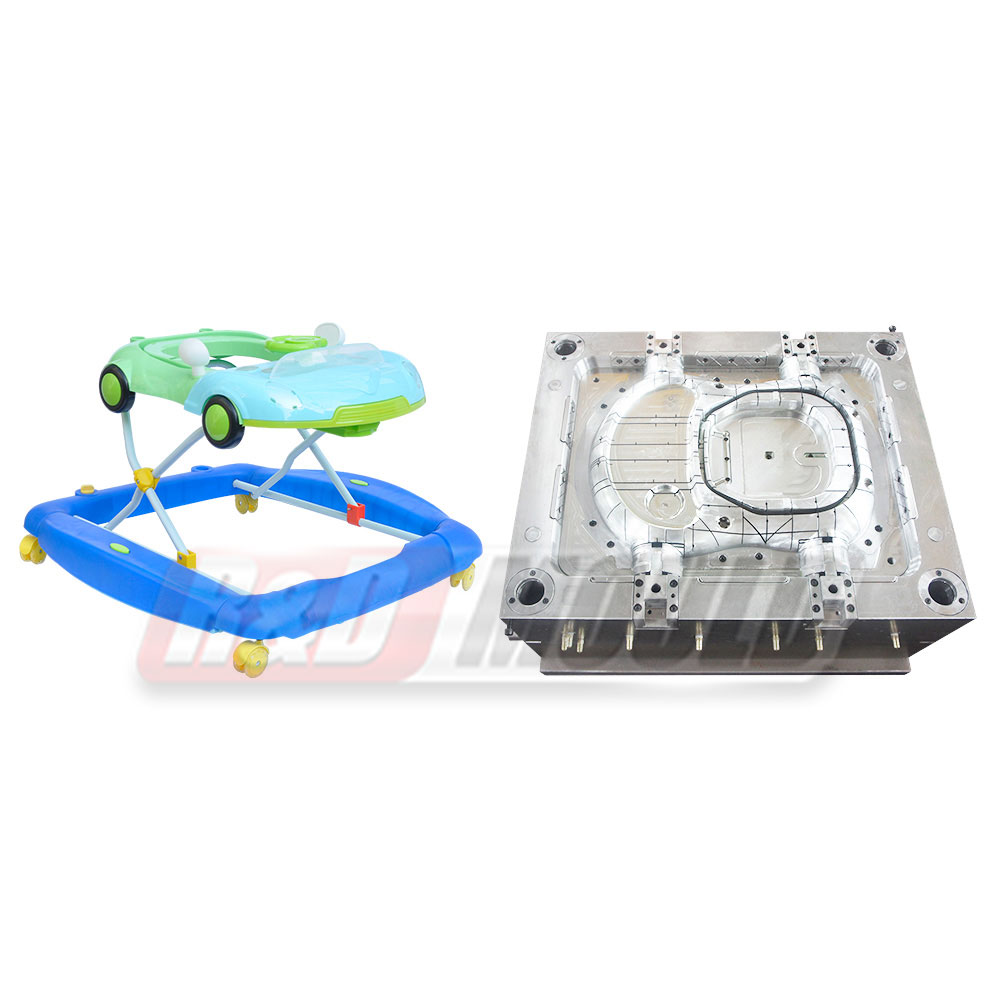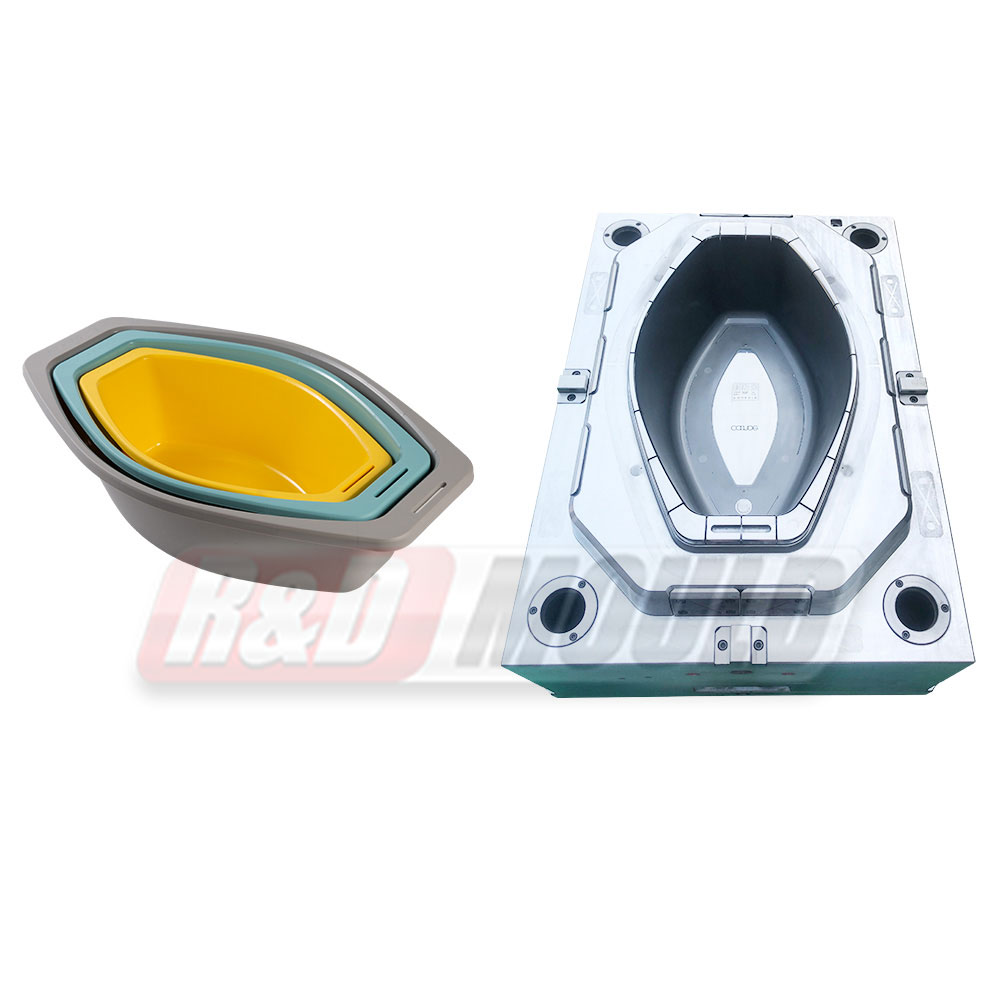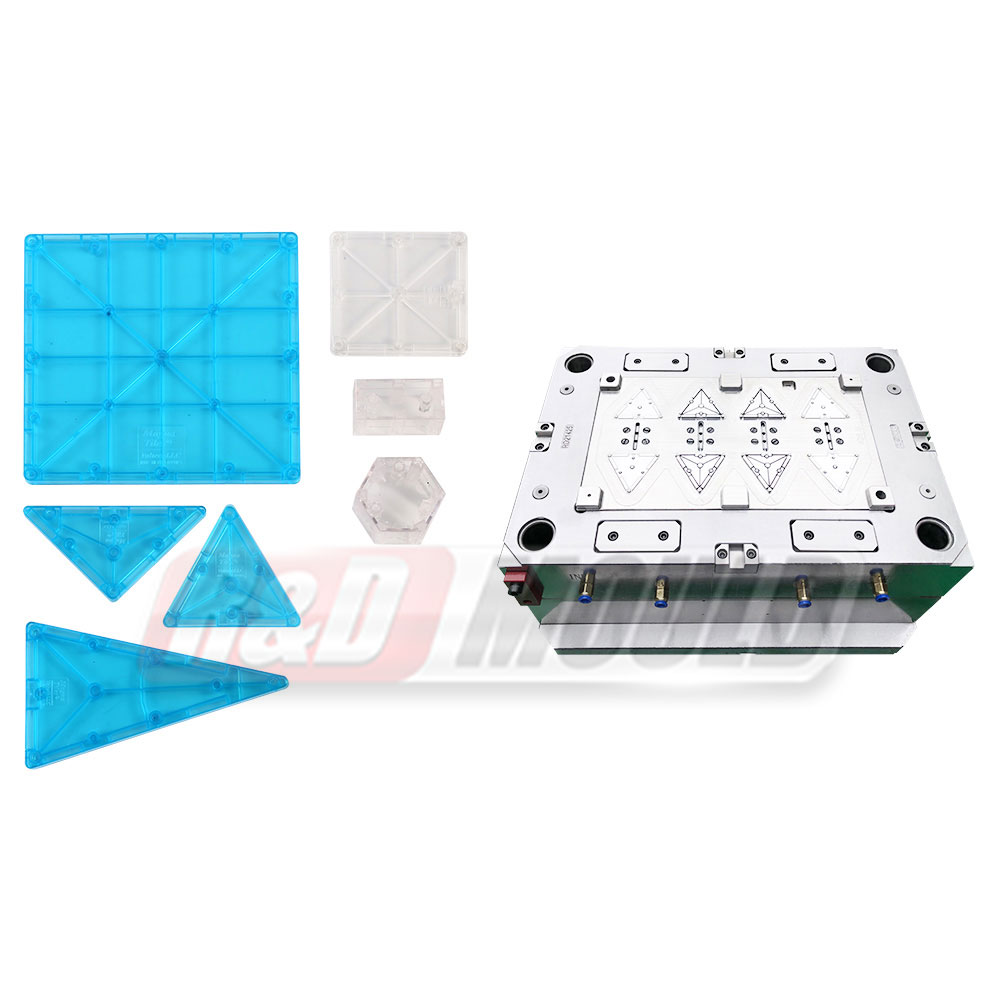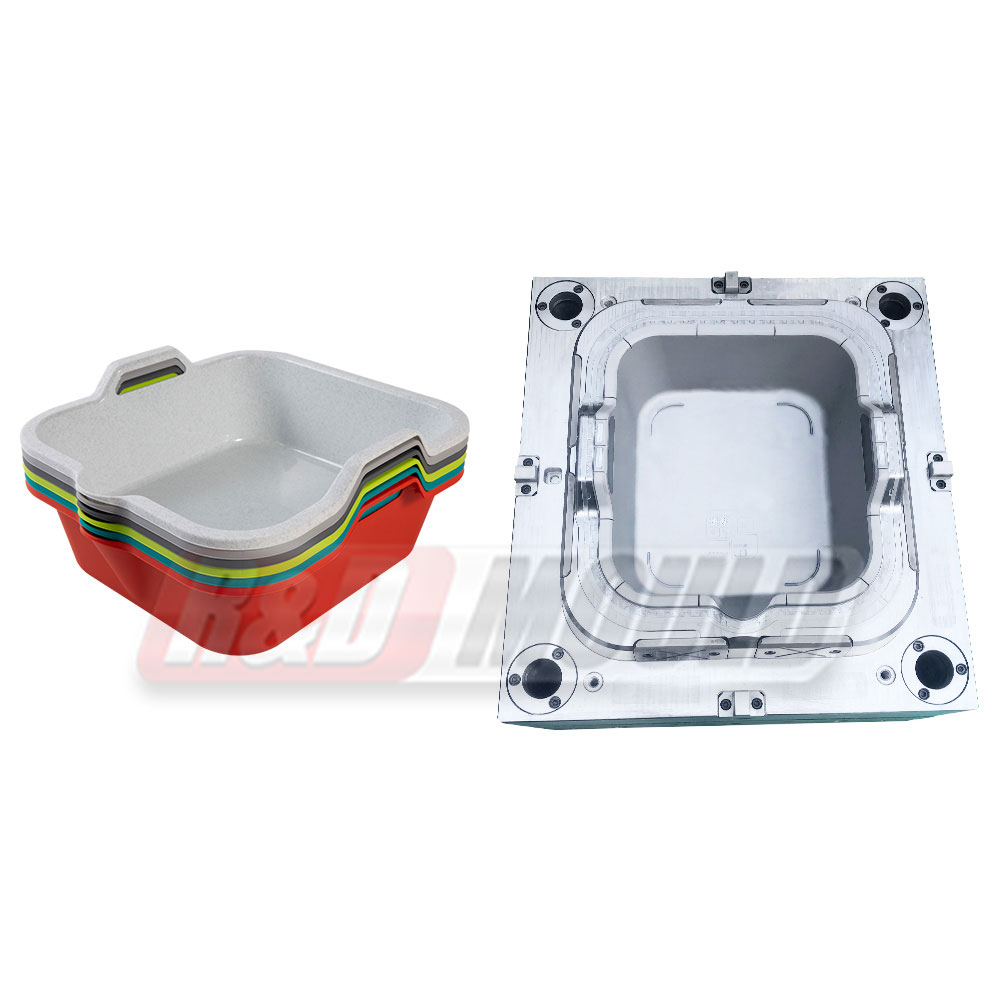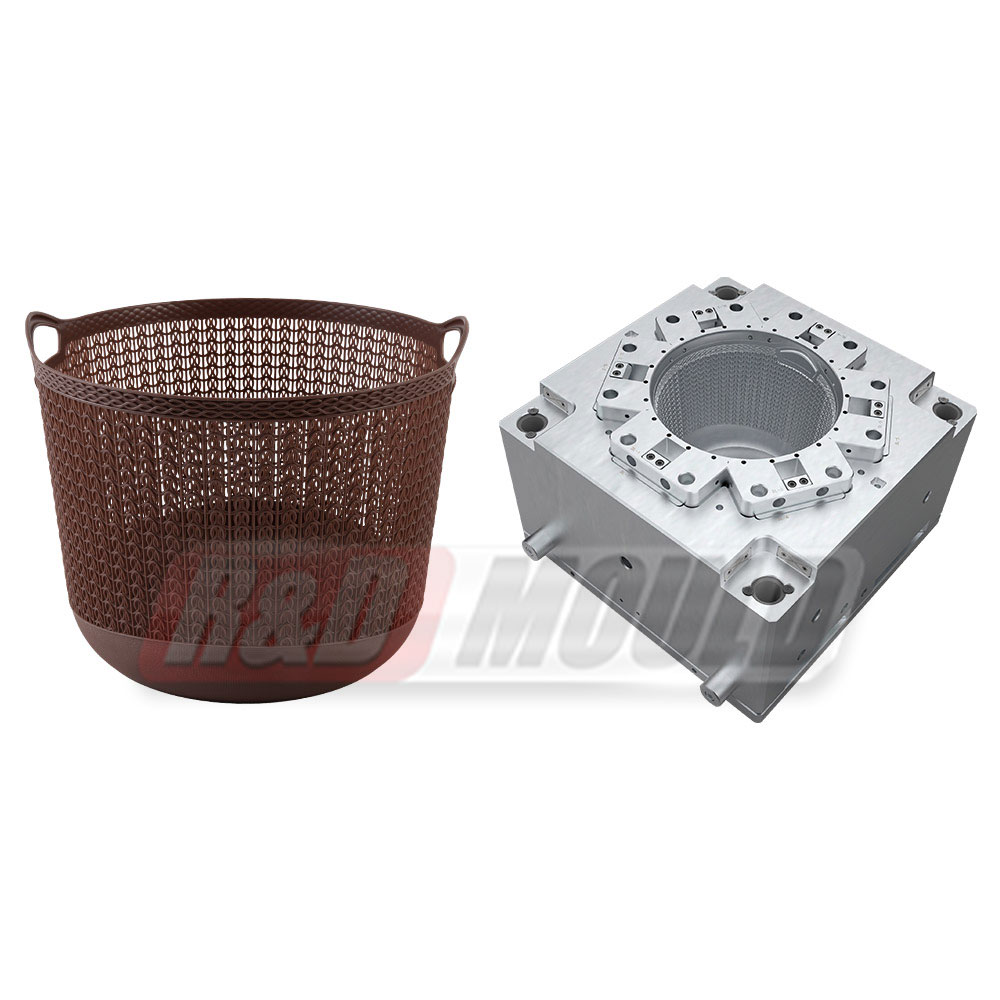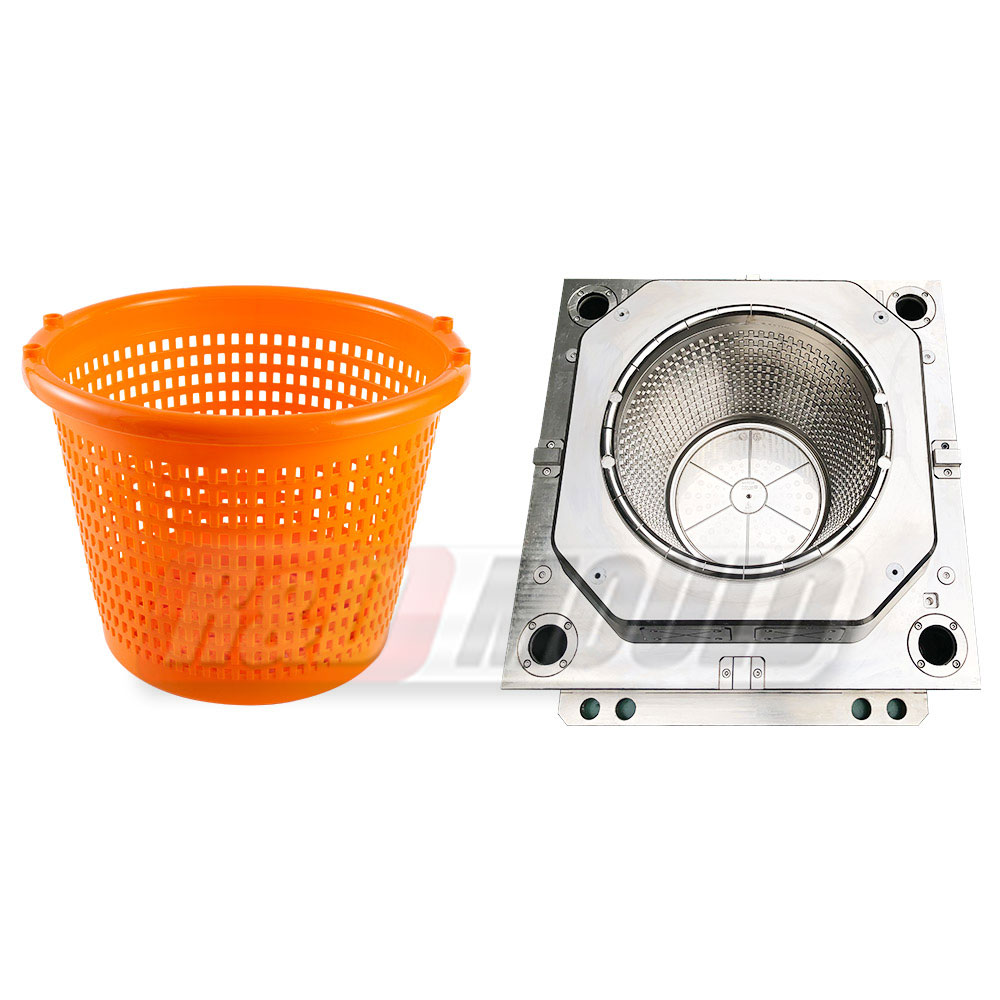In today’s competitive plastic manufacturing sector, crate mould technology continues to evolve, offering greater efficiency and consistency for mass production. One of the most significant advancements in this field is the integration of rapid cooling systems within crate mould designs. These cooling systems have transformed traditional moulding processes, enabling manufacturers to achieve higher output, lower cycle times, and better quality control.
The crate mould is essential in producing a wide range of plastic crates used across industries such as logistics, agriculture, retail, and storage. However, the cooling phase has always been a critical bottleneck in the injection moulding process. Since plastic must cool and solidify before it is ejected from the crate mould, the speed and uniformity of this phase directly influence the cycle time and product consistency.
This is where rapid cooling systems play a pivotal role. By integrating strategically placed cooling channels and advanced temperature regulation technologies into the crate mould, manufacturers can drastically reduce the time needed to cool each part. As a result, the overall cycle time decreases without compromising product integrity.
The impact of rapid cooling is particularly evident in high-volume production environments. A modern crate mould equipped with a rapid cooling system can reduce cycle times by up to 30%, depending on the material and design. This increase in throughput means manufacturers can meet tight deadlines and higher market demand while maintaining strict quality standards.
Moreover, temperature control within the crate mould also affects the dimensional accuracy of the final product. Uneven cooling often leads to warping, shrinkage, or surface defects. With advanced cooling mechanisms, the crate mould ensures that each crate is formed with consistent wall thickness, stable structure, and smooth surface finish. This level of product consistency is critical, especially for applications that require stackable or interlocking crates.
Another advantage of improved cooling is the extended life of the crate mould itself. Excess heat can cause wear and tear on mould components, reducing the lifespan of expensive tooling. A well-designed crate mould with an effective cooling system minimizes thermal stress, resulting in longer service intervals and reduced maintenance costs.
Innovative cooling solutions, such as conformal cooling channels, have started gaining attention in crate mould design. These channels are designed to follow the contours of the crate mould cavity, allowing for uniform heat dissipation. Unlike traditional straight-line channels, conformal cooling improves performance by shortening cycle time while enhancing part quality.
Material selection also plays a role in the cooling efficiency of a crate mould. High-conductivity metals such as beryllium-copper alloys are often used for inserts or core components within the crate mould, allowing faster heat transfer and better thermal regulation during operation.
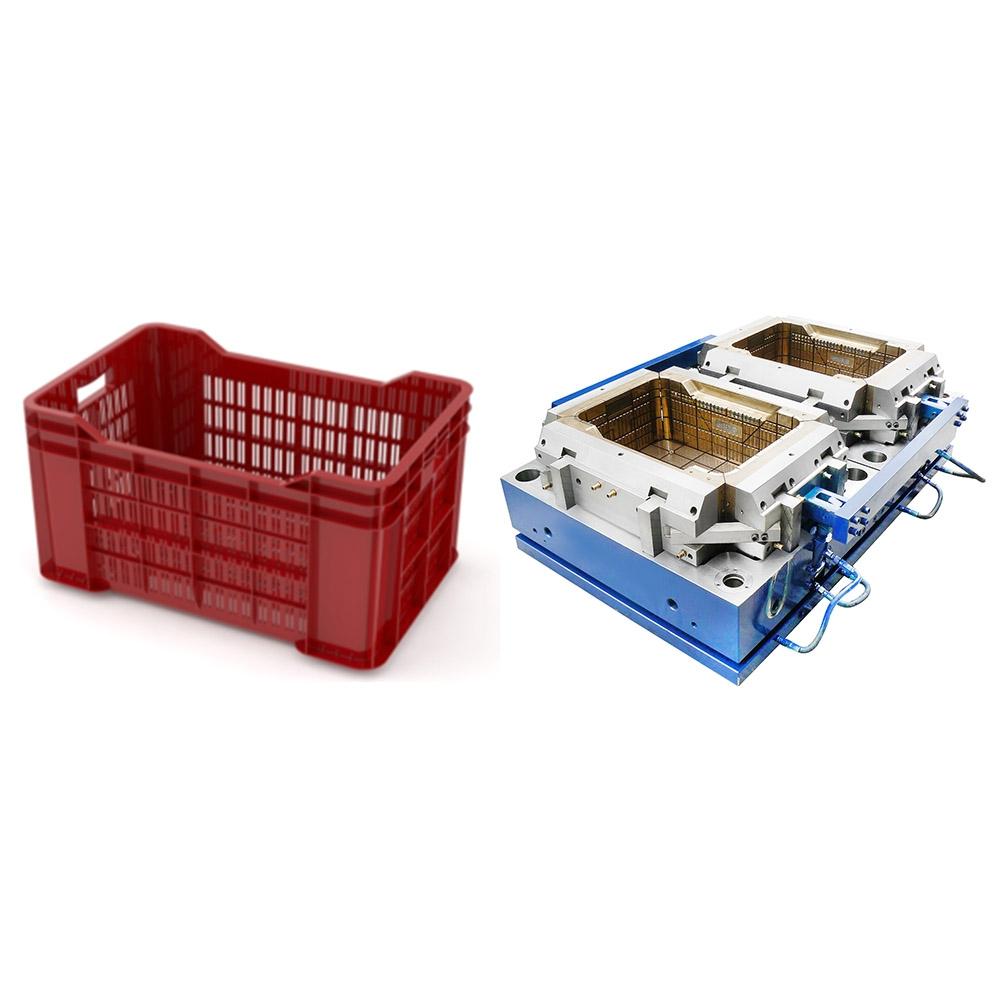
The integration of simulation software during the crate mould design phase further supports efficient cooling. Engineers can model thermal behavior, predict hotspots, and optimize channel placement before physical production begins. This proactive approach ensures that each crate mould performs as expected once deployed in the factory.
In summary, the use of rapid cooling systems in crate mould design is a game changer for manufacturers seeking higher efficiency and consistent output. By reducing cycle times, enhancing product quality, and prolonging mould life, these technologies offer a significant return on investment. As market demands continue to rise, adopting advanced crate mould solutions with integrated rapid cooling will be essential for companies striving to remain competitive in the plastic manufacturing industry.
As the evolution of crate mould design continues, it is clear that temperature control and cooling efficiency will remain at the forefront of innovation. Manufacturers who prioritize the integration of rapid cooling systems into their crate mould operations are better positioned to achieve production goals and deliver reliable, high-quality plastic crates to the global market.





 English
English عربى
عربى Español
Español Français
Français